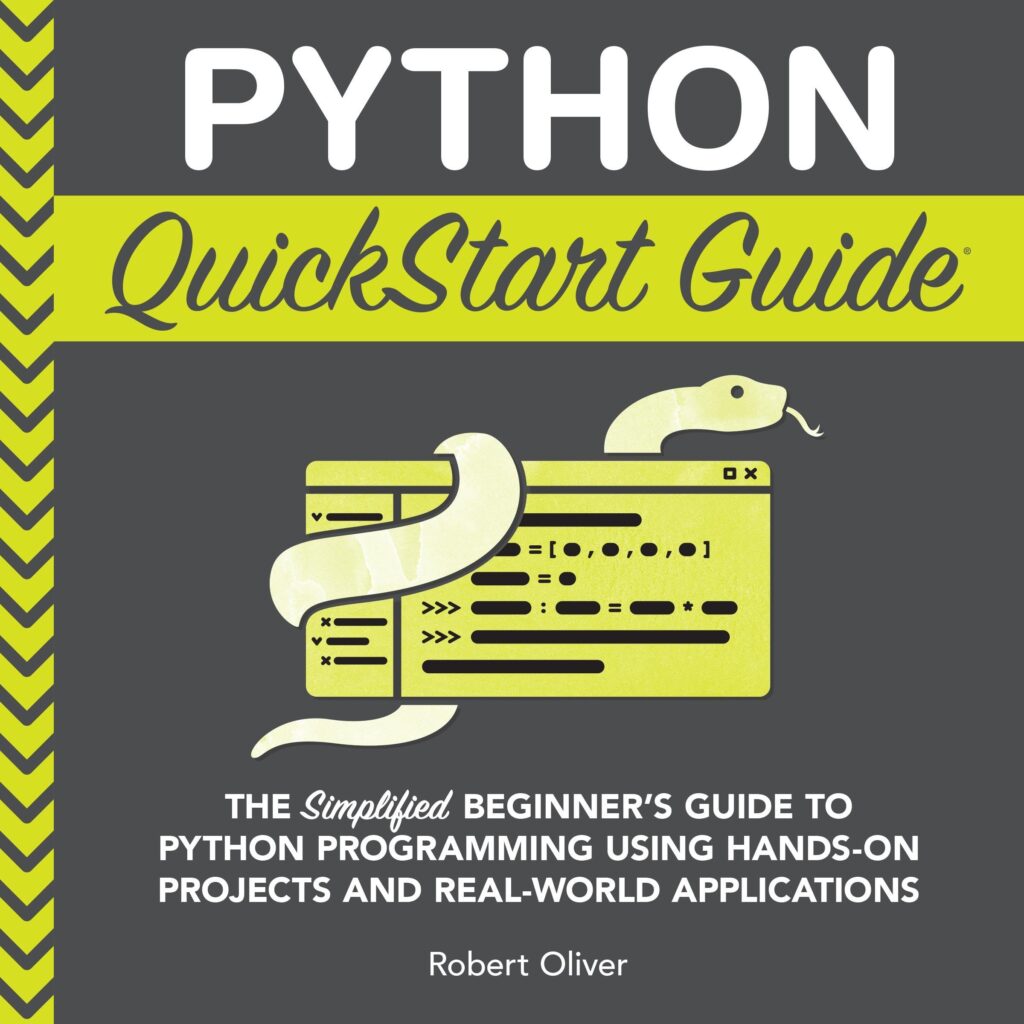
Roku Streaming Stick HD 2025 — HD Streaming Device for TV with Roku Voice Remote, Free & Live TV
33% OffUnderstanding datetime.date.replace()
The datetime.date.replace() method is a powerful tool in Python’s datetime module that allows you to create a new date object by replacing specific components of an existing date. This method can be incredibly useful when you need to adjust the year, month, or day of a date without altering the other components.
import datetime # Create a date object original_date = datetime.date(2021, 12, 31) # Replace the year new_date = original_date.replace(year=2022) print(new_date) # Output: 2022-12-31
The replace() method does not modify the original date object; instead, it returns a new date object with the specified changes. The syntax for this method is as follows:
new_date = original_date.replace(year=new_year, month=new_month, day=new_day)
You can pass one, two, or all three parameters (year, month, day) depending on which parts of the date you want to change. It is important to note that all parameters are optional, and if you do not provide a parameter, the corresponding value from the original date will remain unchanged.
When using the replace() method, it is important to remember that it adheres to the same rules and constraints as creating a new datetime.date object. For instance, the range of acceptable values for the year is 1 to 9999, the month is 1 to 12, and the day must be valid for the given year and month.
This means that:
- The replaced date must be a valid date. For example, attempting to set February 30th as a new date will result in an error.
- If you replace only the year or month, the new date must still be valid considering the day. For example, if the original date is January 31st, and you replace the month with February without adjusting the day, it will raise an error unless it is a leap year.
Replacing Year, Month, and Day in a Date
Let’s dive deeper into replacing the year, month, and day of a date object using datetime.date.replace(). As illustrated before, this method is handy when you want to adjust specific components of a date, such as moving an event to the same day next year or to another month. Here are some examples that demonstrate how to perform these replacements.
# Assuming we have the original_date from the previous example # Replacing the month and day modified_date = original_date.replace(month=2, day=14) print(modified_date) # Output: 2021-02-14 # Replacing only the day modified_date = original_date.replace(day=1) print(modified_date) # Output: 2021-12-01
In these examples, we have created new date objects with adjusted months and days. It is worth mentioning that if we were to replace the month of February without specifying the day, in a non-leap year, assuming the current day is beyond 28, it would result in a ValueError because February does not have more than 28 days in a non-leap year.
# Example of a replacement that will raise an error
try:
invalid_date = original_date.replace(month=2)
except ValueError as e:
print(f"Error: {e}") # This will print an error message
When you alter any component of a date, it’s important to ensure that the final date remains valid. If not carefully handled, replacing individual elements can lead to errors. To avoid this, one should apply proper validation checks which will be discussed in the upcoming section on handling date validation and error handling.
As seen from these examples, using replace() is straightforward. You need to specify only the elements you wish to change, and a new date object will be created. Keep in mind that the original date object remains unchanged since datetime.date.replace() does not affect the original object but returns a new one with the specified modifications.
Handling Date Validation and Error Handling
Handling Date Validation and Error Handling
When working with dates, it is imperative to handle potential errors that could arise due to invalid date manipulations. The datetime.date.replace() method will raise a ValueError if the resulting date is not valid. To write robust code, we should catch these exceptions and handle them appropriately.
import datetime
# Original date is set to the last day of a non-leap year
original_date = datetime.date(2021, 12, 31)
# Attempt to replace the month with February without adjusting the day
try:
new_date = original_date.replace(month=2)
except ValueError as e:
print(f"Error: {e}")
This code will print “Error: day is out of range for month” because February 31st does not exist. To prevent such errors, it’s important to validate the inputs before attempting to replace elements in a date.
One approach for validation is to check if the day exists in the month, especially when dealing with February and months with 30 days. If you intend to illustrate a use case, such as changing all dates in a list to a certain month or year, ensure all resulting dates are viable before applying the replacement.
# A function to check if the resulting date would be valid
def is_valid_date(year, month, day):
try:
datetime.date(year, month, day)
return True
except ValueError:
return False
# Only perform the replacement if it would result in a valid date
if is_valid_date(original_date.year, 2, original_date.day):
new_date = original_date.replace(month=2)
else:
print("Invalid date: February does not have {} days".format(original_date.day))
Note: When replacing the year in dates such as February 29th, always check if the resulting year is a leap year. Failing to do so will result in a ValueError if the year replaced is not a leap year.
# Check if year is a leap year before replacing February 29th
leap_year_date = datetime.date(2020, 2, 29)
def is_leap(year):
return year % 4 == 0 and (year % 100 != 0 or year % 400 == 0)
try:
if not is_leap(2021):
print("2021 is not a leap year; cannot replace leap day")
else:
new_date = leap_year_date.replace(year=2021)
except ValueError as e:
print(f"Error: {e}")
Practical Examples and Use Cases
One practical application of datetime.date.replace() is in the scheduling or rescheduling of events. For example, if you manage a system that schedules yearly appointments, you can easily update the dates for the following year.
import datetime # Original appointment date appointment = datetime.date(2021, 5, 25) # Reschedule appointment to the same day next year new_appointment = appointment.replace(year=appointment.year + 1) print(new_appointment) # Output: 2022-05-25
Another use case is in the analysis of data trends. When comparing quarterly data across years, it might be necessary to align the dates for comparison:
import datetime # Date for Q1 data of 2021 q1_2021 = datetime.date(2021, 3, 31) # Aligning date to Q1 of the previous year for comparison q1_2020 = q1_2021.replace(year=2020) print(q1_2020) # Output: 2020-03-31
A common task in web development is generating a series of dates, such as creating a calendar view. Here’s how you can increment the month while keeping the day constant:
# Starting from January
calendar_date = datetime.date(2021, 1, 15)# Generate the next 12 months' equivalent dates
for i in range(1, 13):
month_increment = calendar_date.month + i# Ensure it wraps around to January after December
if month_increment > 12:
month_increment -= 12
new_year = calendar_date.year + 1
else:
new_year = calendar_date.year











